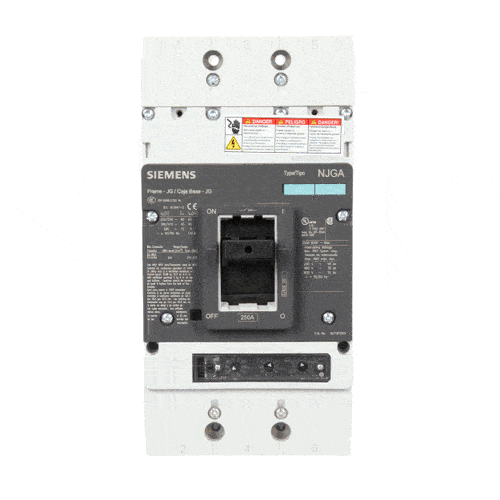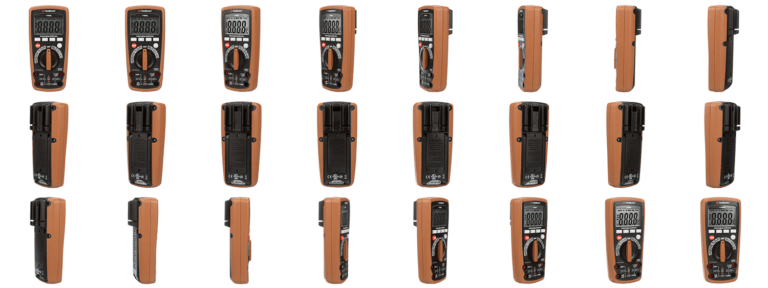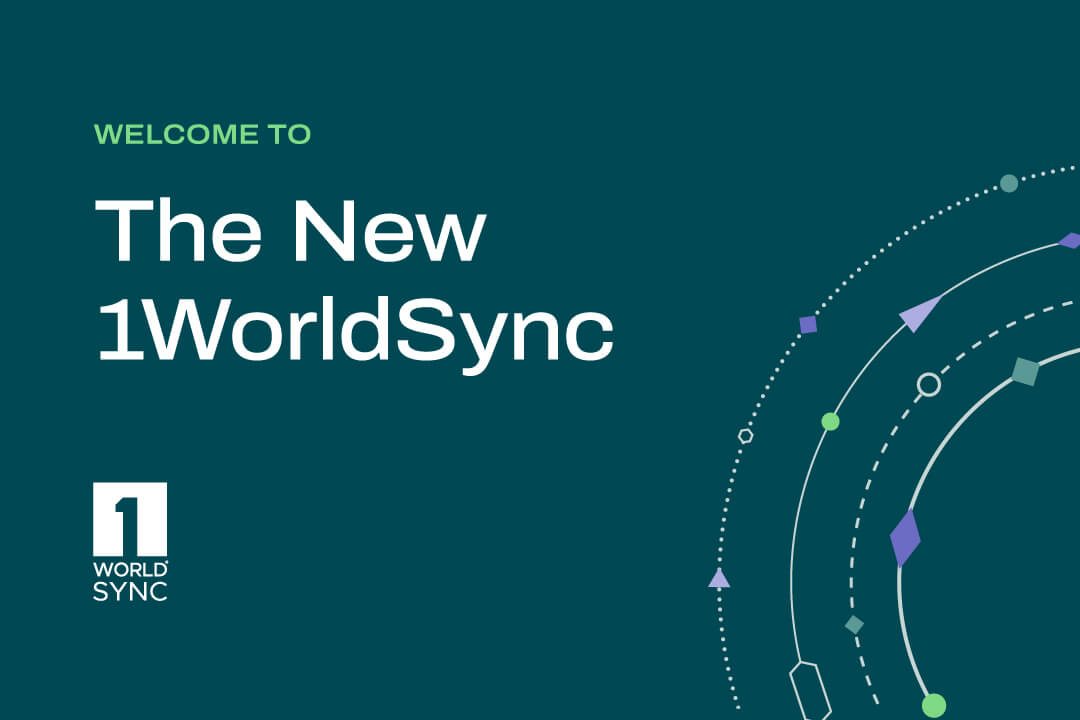IDEA eBiz: Put a New Spin on the B2B Customer Experience With 360° Imagery
September 12, 2019

IDEA (Industry Data Exchange Association) provides manufacturers and distributors in the electrical industry with the tools they need to effectively manage daily operations. As e-commerce continues to grow, IDEA has been adding more capabilities such as 360-degree imagery to its platform. According to a recent Internet Retailer Report, 75% of consumers listed the quality of product images as the most important feature when shopping online.
Here are my top 4 takeaways from the presentation I gave at a past IDEA eBiz conference, “Put a New Spin on the B2B Customer Experience With 360 Degree Imagery.”
1. Provide an efficient virtual product experience that improves the e-commerce buying process
60% of consumers prefer not to interact with a sales representative as the primary source of information. 75% of consumers listed the quality of product images as the most important feature when shopping online. To win during the transition to the world of e-commerce, especially as research and transactions are increasing on mobile devices, brands will require the ability to showcase authentic and interactive product experiences during prospect and customer interactions.
In order to address increasing expectations from B2B buyers, Siemens jumped on board early with a 360-degree product photography initiative. New images for products ranging from circuit breakers to safety switches are sent to multiple distributors and retailers, including Home Depot, Lowe’s, Grainger, and Allied Electronics & Automation. In working with 1WorldSync, the image capture, file naming and content syndication process is seamless.

2. Become a ‘first mover’ digital strategy and create competitive differentiation
We all know that having a strong brand presence is essential for staying relevant in today’s e-commerce world. We also know that images are particularly important to the experience for online shoppers. But how do you expand the white space between you and your competition?
Early adopters such as Allied Electronics & Automation, Siemens, Schneider Electronics, and Southwire are leading B2B digital transformation by using the most advanced technology available. By differentiating themselves and future-proofing their business with accurate, compelling, trustworthy product imagery, they are leaping ahead of their competition in e-commerce. According to Frost & Sullivan customer experience is expected to overtake price and product and as a key brand differentiator.
3. Attain a scalable, robust product asset library that is essential for syndication
The desire for content is insatiable, and it’s difficult to keep up with the different demands of distributors and retailers who sell your products. If you are considering image capture, the ideal process is to “touch a product once” – e.g. take it out of inventory or off the shelf – in order to gather as much data as you can at that time. Not only am I talking about capturing static and spin images but also product data such as weights and dimensions.
Once the assets are ready, you own them and can use them anywhere you need to – marketing, e‐commerce, catalogs, sales tools – at no additional cost. From there, loading them into 1WorldSync’s Item Management platform is a simple process, making seamless syndication to your retail partners that much easier.

4. Create consistent product content that delivers the right part, the first time
Companies are also now facing a generational change when it comes to the workforce. Some people are struggling to order the right parts and products the first time. Industry innovators are building smart visual search capabilities using product photography and consumer-generated content to quickly scale and train machine learning algorithms on image classification.
Customers also want to mimic the experience of what was typically an ‘in-store’ or sales rep interaction online. With the nature of the small-sized products many B2B manufacturers make, like connectors and sensors, customers want to be able to zoom in and check out all sides of an item to make sure that what they’re ordering is the product they need for a design or repair, and that it’s also what shows up in the box.
Interested in learning more about 360 degree photography? Get in touch today!




